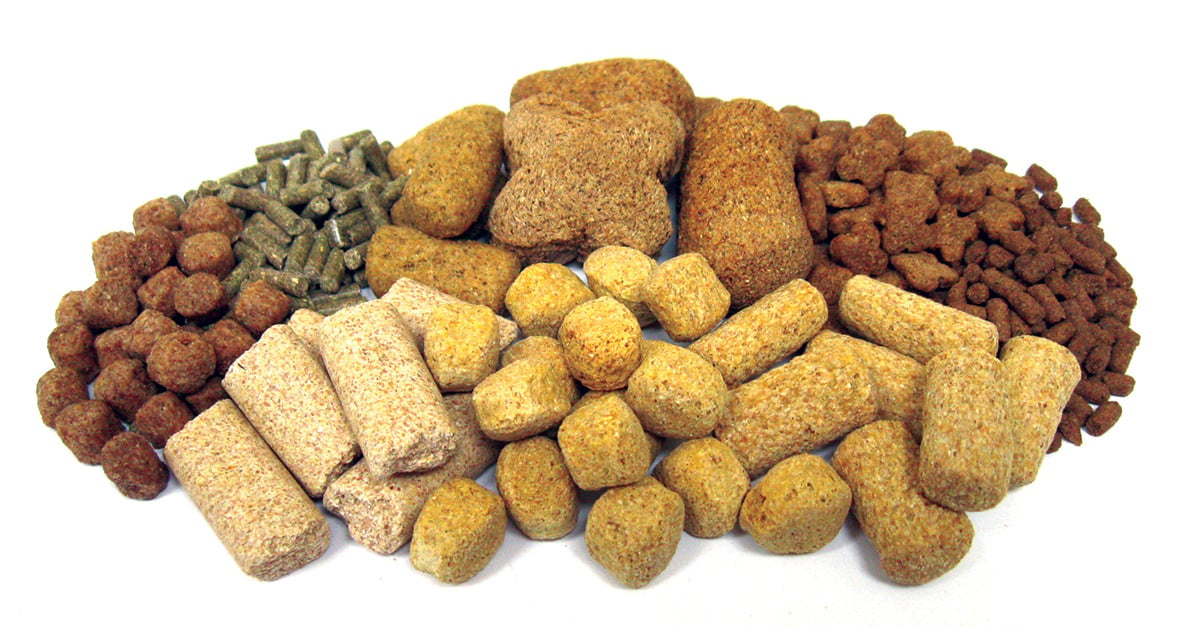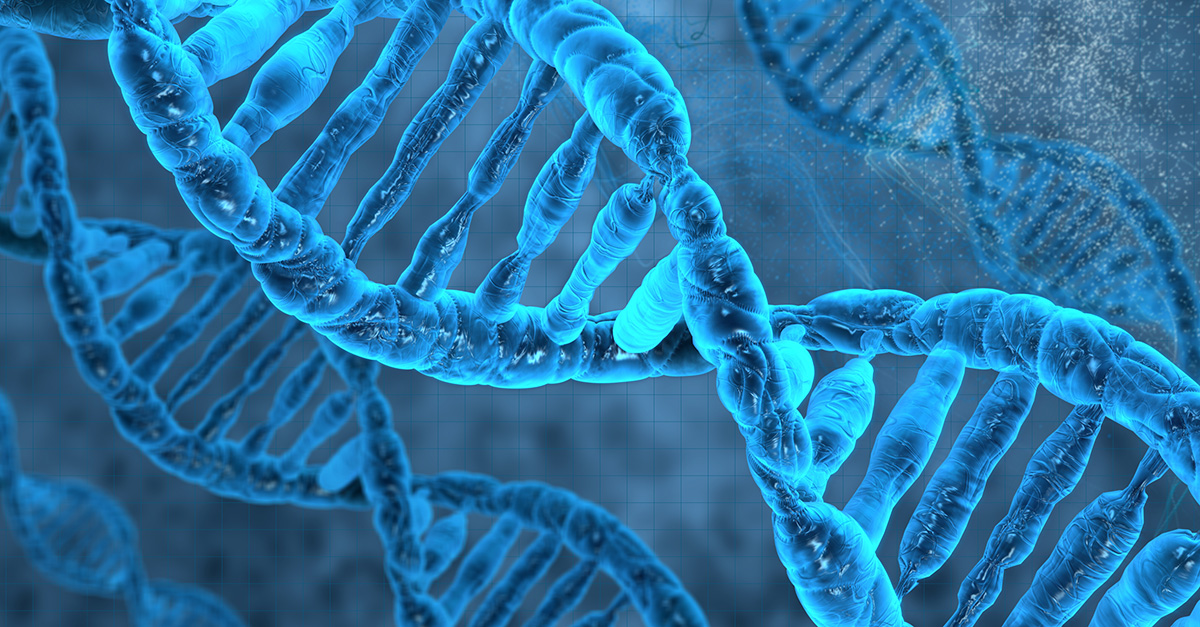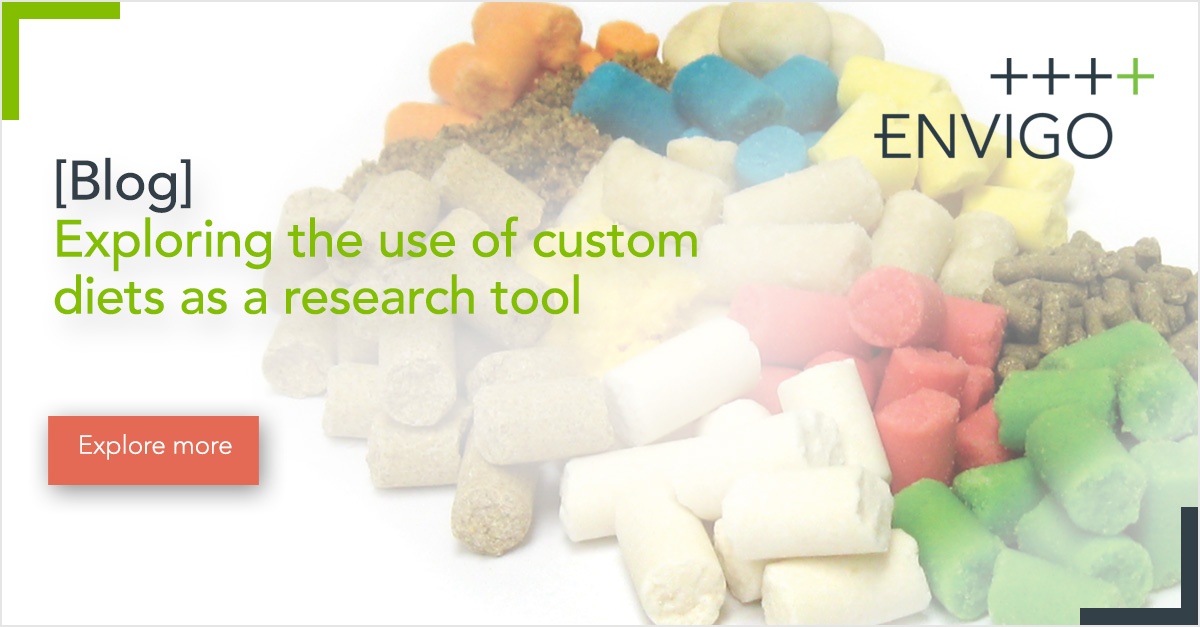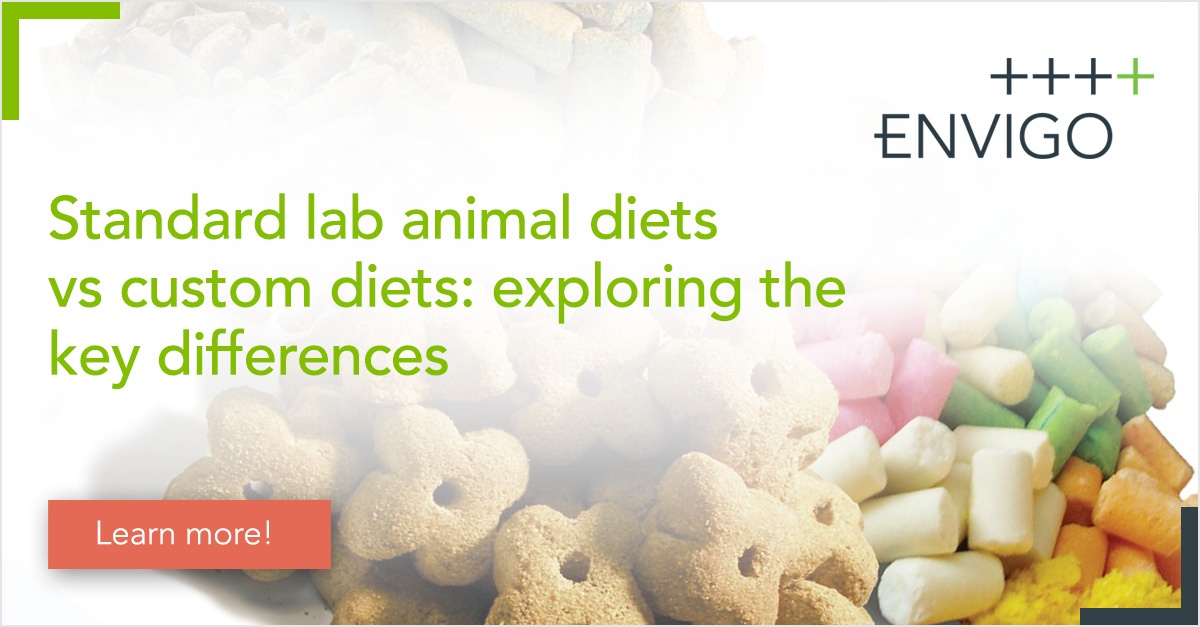

Choosing the right adjusted fiber diet for your animal model study
Researchers are often interested in the effects of fiber in their laboratory animal diet. As an example, the recent focus on the brain-gut connection in neurodegenerative conditions like Parkinson’s...

Key considerations for using preconditioned animals for research
Research on human diseases requires specialist animal cohorts. Preconditioned animal models are therefore critical for drug discovery and development. Preconditioning can refer to several factors,...

Progress in diets to induce nonalcoholic fatty liver disease (NAFLD) and nonalcoholic steatohepatitis (NASH)
The prevalence of nonalcoholic fatty liver disease (NAFLD) is increasing, with ~24% of the US and European populations estimated to be affected. NAFLD is defined as the presence of fat in liver...

Exploring the use of custom diets as a research tool
A strategic custom diet can serve as a vital research tool. This post will discuss how custom lab animal diets are fed for a defined purpose, such as nutrient control, inducing disease, or as a...

Standard lab animal diets vs. custom diets: exploring the key differences
Researchers today have a plethora of options to choose from when it comes to feeding laboratory animals. Let’s explore the differences between standard diets and custom laboratory animal diets.

